
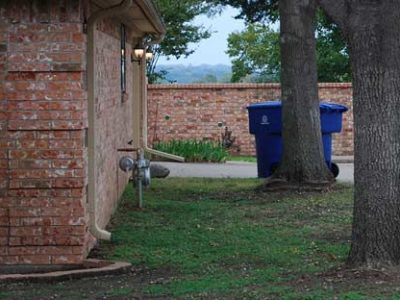
What causes foundation problems? The vast majority of them start with significant changes in the soil’s moisture content — such as excessive loss of moisture during dry periods of the year or excessive moisture absorption during periods of continuing heavy rainfall.
To help avoid foundation issues from developing, we recommend doing all you can to control the seasonal variation of the soil’s moisture.
Here are our Top 5 Foundation Maintenance Tips:
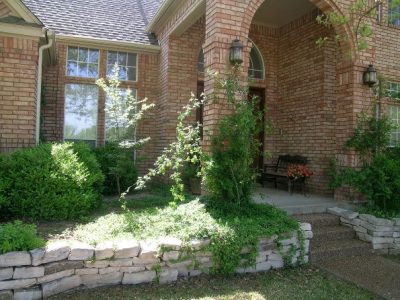
To reduce the likelihood of excess moisture being absorbed by expansive clay soils, maintaining positive grades around the structure is imperative. Storm water should not be allowed to collect or pond adjacent to the foundation.
Landscape grades should be kept a minimum of four (4”) inches below the top of the finished floor on the main level — and should slope away from the foundation at a minimum of one (1”) inch per foot for six (6’) feet.
Use moderately plastic clayey soil to fill in areas needed to maintain these grades — sand and topsoil should be avoided. In addition, re-cutting or regrading of the area around the foundation is often necessary. The goal is to promote rapid dissipation of storm water away from the foundation. In some cases, inadequate elevation changes around the structure make water discharge via conventional methods impossible. For sights such as these, a below grade water collection and dispersing system will be required.
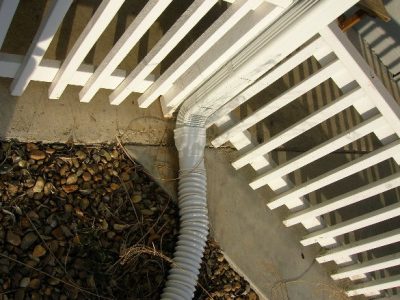
Guttering should be installed around the entire perimeter of the roof to collect storm rainfall. Downspouts should discharge into an underground drain or onto splash blocks (discharging at least three (3’) feet away from the foundation).
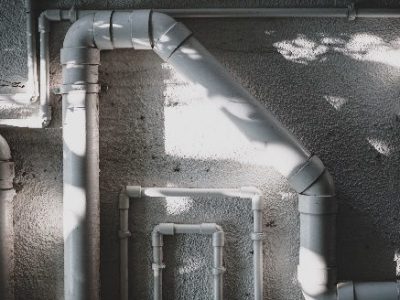
Run a test every few years to check for leaks and ensure the soundness of the incoming service lines and the sanitary sewer discharge lines. A hidden moisture source can be disastrous. Any leaks that are found must be repaired as quickly as possible!
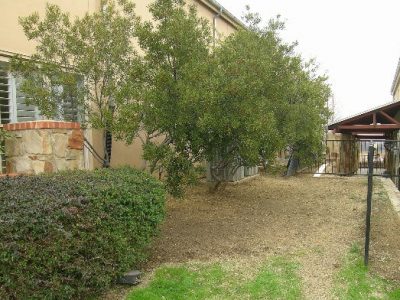
During the dry months, keep the soil moist (but not excessively wet) around the foundation perimeter. The key is to keep the soil from shrinking away from the foundation. We recommend using soaker hoses around the foundation, but there is no standard length of time for running these hoses. You must watch and judge when the soil is moist but not soggy. It is advisable to use timers for consistent and even watering.
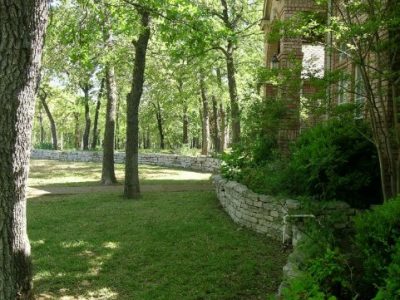
Because trees and large shrubs can absorb a tremendous amount of moisture from beneath the foundation, we recommend planting them a safe distance away from the home.
A good rule of thumb: Plant trees a distance from the structure that is at least their maximum height or their canopy’s maximum diameter. Example: If the tree’s maximum height or canopy diameter is twenty (20’) feet, plant it at least 20 feet from the home.
And if a tree is already present and closer than the distance described above, it should be cut down or pruned at the roots. It’s best to build an impenetrable barrier between the foundation and tree so that roots cannot grow under the foundation.
PLEASE NOTE: Due to the extreme climates and expansive clay soil throughout the central United States, slight movements of the foundation should be expected even if the steps above are implemented.